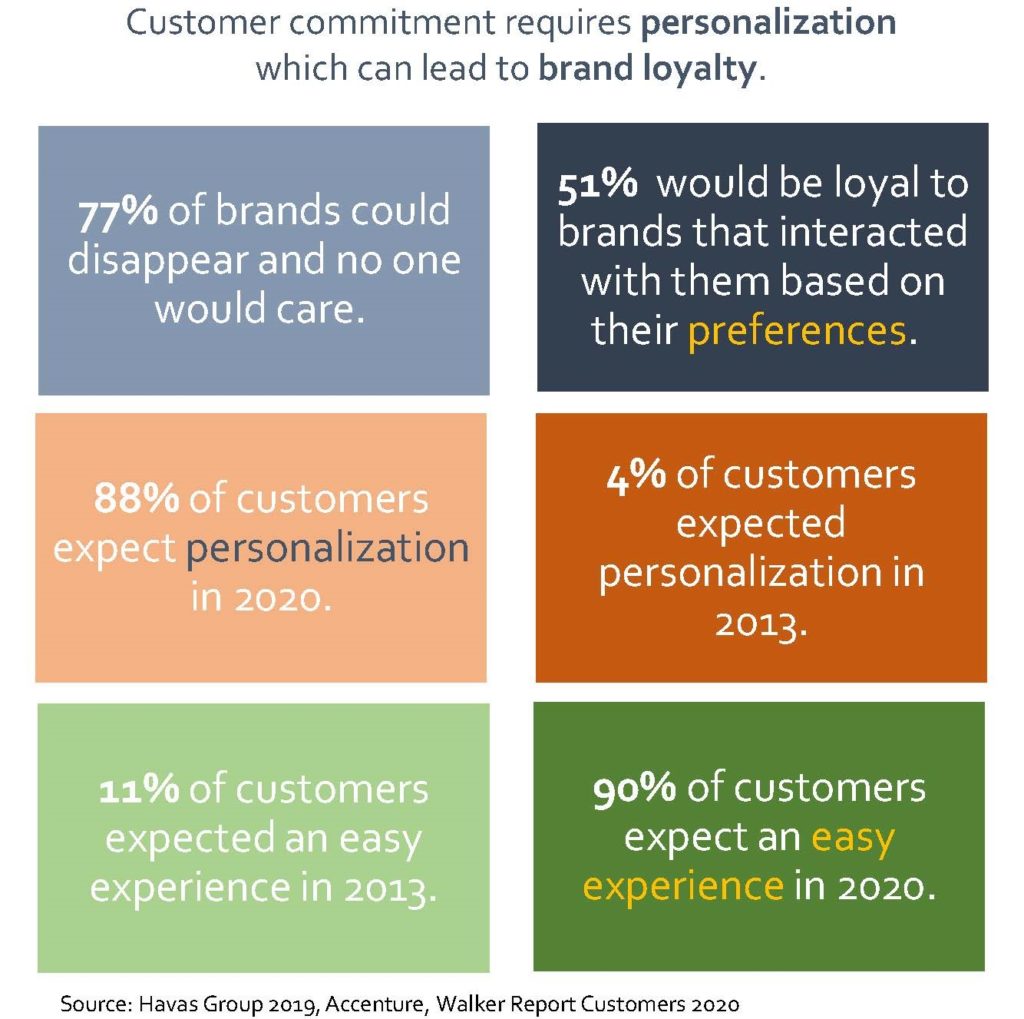Member retention is important all year long, culminating during Medicare’s Annual Enrollment Period better known as AEP.
Why Member Retention Matters
Member retention is critical for building residual revenue, and certainly more cost-effective than just acquiring new customers. Studies have shown it is 6-7 times more costly to obtain a new member than to keep an existing one.
Transitioning from Member-Focused to Member-Committed
Customer retention involves more than just focusing on your members, it requires a fundamental change in how organizations think, collaborate and act. It requires going from being member-focused to member-committed.
Member commitment seems to be harder to come by these days, especially when we see that, according The Havas Group’s 2019 meaningful Brands® Study 77% of brands could disappear and no one would care.

Hidden in the data is also opportunity. People want to know how they can benefit personally from a brand. According to Accenture data, 51% would be loyal to brands if those brands interacted with them based on their preferences.
And trends towards more personalized experiences continue to emerge. Technology companies, for example, are focusing more on the human experience and not just looking at the technology needs of an individual. Personalization drives people to connect with a brand when they see what’s in it for them.
How Member Experience Fuels a Member-Committed Strategy
Member’s expectations have changed. According to a Walker Report on Customers 2020, 90% of members today expect an easy experience. In 2013, only 11% of members had this expectation.
As expectations increase, a health plan’s level of personalization needs to rise also. The same report highlights that 88% of members expect PERSONALIZATION today, but just 7 years ago, only 4% expected it.
Creating a member experience with a focus on ease of use and personalization allows health plans to create a member-committed strategy that will set them apart from other plans.
3 Tips to Transition to Member-Committed
- Have a fluid retention strategy with a clear vision of possible outcomes AND the path to get there.
-
- Eliminate paper enrollments and commit to long-term telework by having the right digital shopping and enrollment tool
- Engage consumers the way they want to engage. Everyone is different in how they want to communicate. Find out if they prefer text, email or voice when in-person is not an option.
2. Make sure your members’ preferences are included in your interactions.
-
- Use technology that directs consumers to the right outcome by asking questions about their preferences (age, health status, prescriptions, pharmacy, etc.). Knowing this information will get consumers to the right health plan sooner. This will also reduce the chances of possible plan switching.
3. Expedite calls and reduce call handling times.
-
- Preload demographics and member plan information into your digital enrollment platform. Call centers and agencies are overwhelmed with questions about insurance as a result of COVID-19. Ensure your agents can confidently reassure seniors and answer questions expeditiously, saving everyone time.
What You Can Do Today to Impact 2020 AEP Enrollments
It is not too late to impact your 2020 AEP enrollments. Using the tips above to develop a retention strategy that is focused on a streamlined and personalized experience will help your health plan transition from merely being member-focused to becoming member-committed. And the right technology can help you get there just in time for AEP.
Keep your members with your always. Learn how with Connecture DRX’s Medicare Retention Suite.
Contact us to talk to a representative today.
